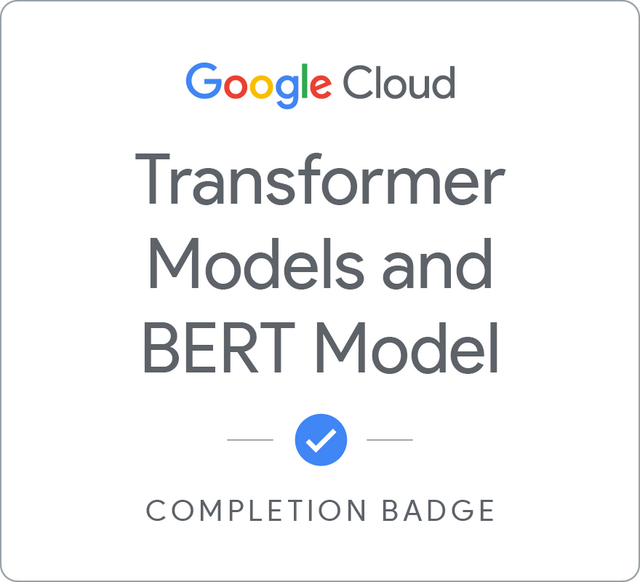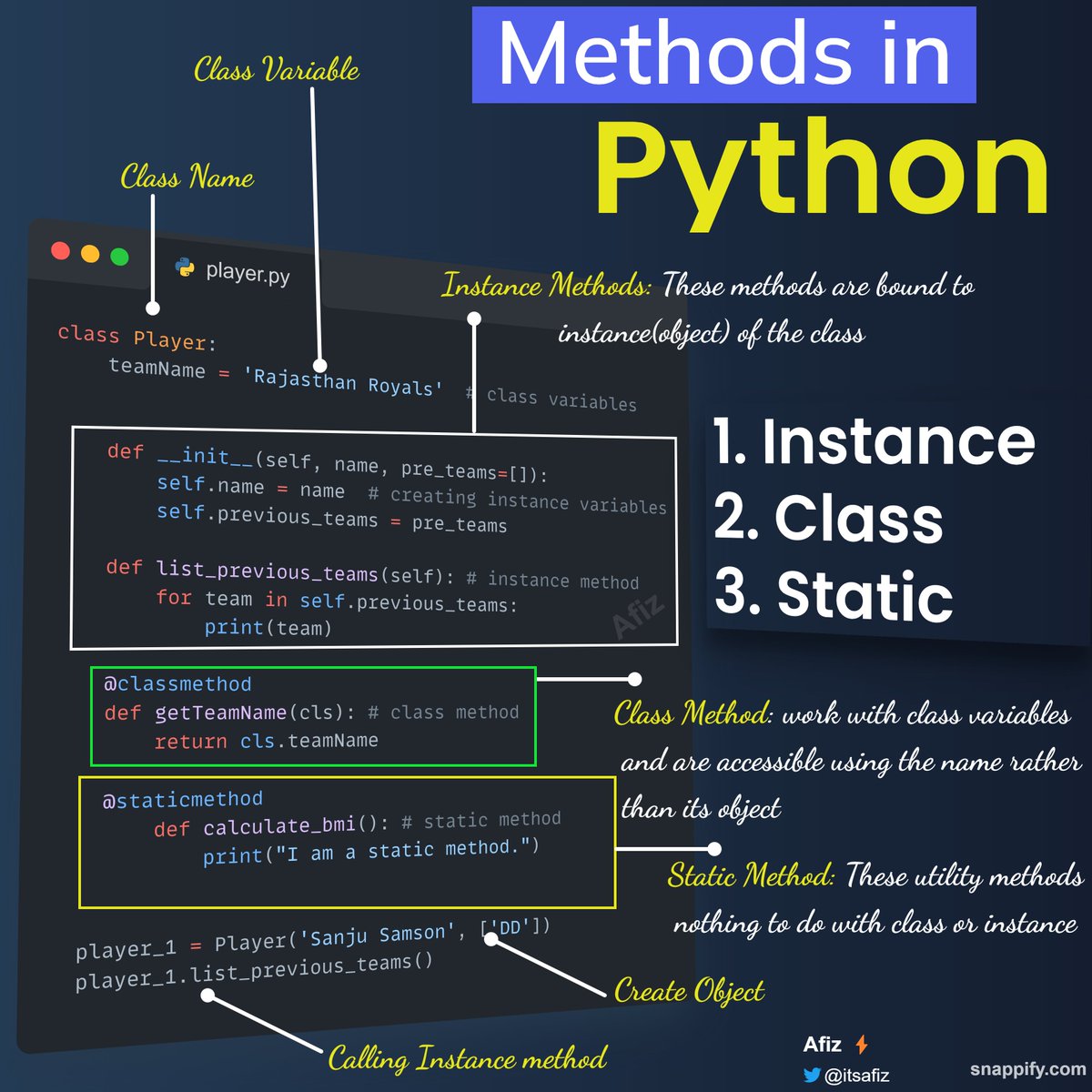Google is offering a Generative AI Learning Path with 10 courses for FREE!
- Intro to Generative AI
- Intro to LLMs
- Intro to Image Generation
- Encoder-Decoder Architecture
- Transformer Models and more
A Thread 🧵👇
- Intro to Generative AI
- Intro to LLMs
- Intro to Image Generation
- Encoder-Decoder Architecture
- Transformer Models and more
A Thread 🧵👇
2. Introduction to Large Language Models
https://t.co/fp3KAgGEgBcloudskillsboost.google/course_templat…

https://t.co/fp3KAgGEgBcloudskillsboost.google/course_templat…

10. Introduction to Generative AI Studio
https://t.co/BQ6DDnTdFJcloudskillsboost.google/course_templat…

https://t.co/BQ6DDnTdFJcloudskillsboost.google/course_templat…

I hope you like this content!
I create content around Python, NLP, ML and AI.
Follow me at @itsafiz, if you don't want to miss anything.
RT 🔁 and Like ❤️ the first tweet to share with your friends!
Cheers 🎉
I create content around Python, NLP, ML and AI.
Follow me at @itsafiz, if you don't want to miss anything.
RT 🔁 and Like ❤️ the first tweet to share with your friends!
Cheers 🎉
https://twitter.com/itsafiz/status/1676628435882643456
• • •
Missing some Tweet in this thread? You can try to
force a refresh
























